Table 1.
Definitions of Selected Terms Relevant to Collection of Human Milk for Analysis of Its Composition
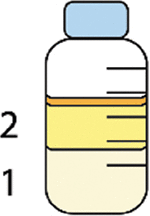 |
Foremilk versus hindmilk | Foremilk: Milk removed from the mammary gland at the beginning of a feed or just before the commencement of a breastfeed or breast expression. This milk often has lower fat and higher cellular contents than milk secreted at the end of a feed. Hindmilk: Milk removed from the mammary gland at the end of a feed or immediately after the completion of a breastfeed or breast expression. This milk often has higher fat and lower cellular contents than milk secreted at the beginning of a feed. |
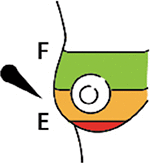 |
Complete breast expression | The process of obtaining nearly all the milk within the mammary gland at a particular pumping or hand expression session. A complete breast expression contains foremilk, hindmilk, and all the milk in between. Obtaining a complete breast expression provides the most representative milk sample possible and is often ideal when there are no data as to whether its composition changes from foremilk to hindmilk for a particular milk component. When complete breast expressions are obtained, researchers should return excess milk to the mother so that she can provide it to her infant. |
 |
Colostrum versus transitional milk versus mature milk | Colostrum: The usually yellowish viscous secretion of the breast synthesized during the first 48 hours postpartum. It is synthesized by the lactocytes of the mammary gland in small volumes (about 30 mL in the first 24 hours after birth). Compared with mature milk, colostrum has high concentrations of sodium, chloride, protein (particularly IgA), and low concentrations of lactose and citrate. Transitional milk: A description of milk as it shifts from colostrum to mature milk after secretory activation (also referred to as “milk coming in”). Transitional milk is yet to be defined objectively, but it is generally considered to extend from about 48 hours after birth to 2–3 weeks postpartum. Mature milk: The secretion produced by the mammary gland after secretory activation (also referred to as “milk coming in”). Human milk is currently considered to be mature after about 2–3 weeks postpartum. |
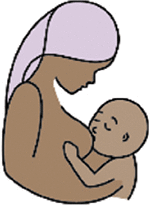 |
Exclusive breastfeeding versus partial breastfeeding versus complementary feeding | Exclusive breastfeeding: When the infant receives only human milk through breastfeeding and/or expressed human milk (own mother's or from a donor). This definition often allows the infant to receive drops, syrups (vitamins, minerals, and medicines) but does not allow the infant to receive anything else, including water. Partial breastfeeding: When an infant receives both human milk and any other food or liquid, including water, nonhuman milk, and formula before about 6 months of age. Complementary feeding: Nutrient-containing first foods given during the transition from exclusive breastfeeding to family foods while breastfeeding is maintained. Complementary breastfeeding commences during weaning. |
 |
Hand expression | The process whereby milk is obtained using manual breast expression by hand alone without the use of a manual or electronic breast pump. |
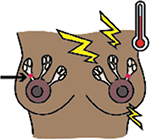 |
Subclinical mastitis versus clinical mastitis | Subclinical mastitis: Asymptomatic inflammation of the mammary gland(s) that is not noticeable to the woman or to an observer. Often characterized by a sodium to potassium (Na/K) ratio in milk ≥1. Clinical mastitis: Inflammation of the breast accompanied by pain, swelling, heat/redness, and/or fever. |
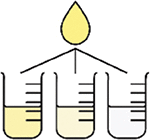 |
Milk fraction | Milk has several collections of components, including cells, lipids, and lactoserum (the aqueous, cell-free phase, whey). These are often referred to as “milk fractions.” |
